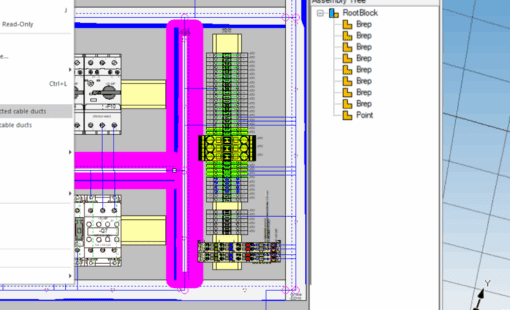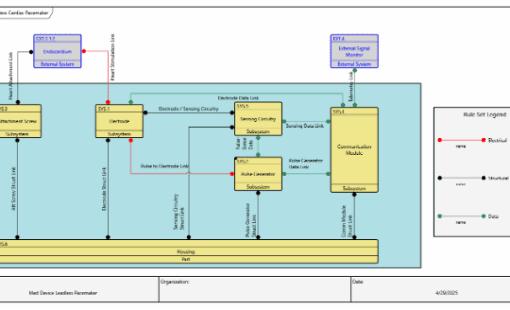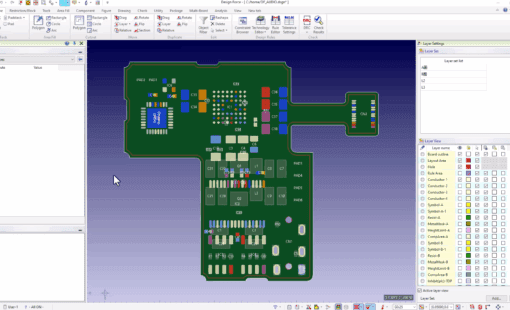The Latest Autonomous Vehicle Technologies
The automobile has undergone more of a drastic technical revolution in the past ten years than seemingly any other product on the market. While gasoline-powered and human-operated vehicles set the standard for decades past, today’s autonomous vehicle technologies flaunt all-electric engines and a plethora of advanced driver assistance systems (ADAS) and autonomous driving features.
However, these groundbreaking features didn’t appear out of thin air–the emergence of a new technology suite has made levels of autonomy tangible. In this post, we’ll take a closer look at some of the most notable autonomous vehicle technologies in cars today.
Sensors
New vehicles must first be able to capture data from the world around them in order to offer levels of autonomy. To properly perform this task, autonomous vehicle sensor numbers and types have proliferated significantly in the last decade.

When discussing sensors in the context of autonomous vehicle technologies, we typically focus on imaging sensors. Many autonomous vehicles leverage a combination of cameras, radar, and LiDAR to map their environment. Cameras capture object detection and visual recognition data in image format, which more closely relates to the way humans interpret the world. Radar utilizes radio waves to detect and track objects, providing information about distance and speed. In turn, this brings unique benefits that cameras don’t possess, such as the ability to capture useful night and harsh weather data. Finally, LiDAR creates detailed and granular 3D environment maps using time-of-flight (ToF) laser beams for precise environment perception.
Many systems will use the above data to undergo sensor fusion, a process that fuses and holistically interprets data from each of the three distinct sources. Together, these sensing technologies facilitate vehicle autonomy by enabling vehicles to perceive their environment.
Machine Learning
In addition to collecting environmental data, autonomous vehicle technologies must accurately interpret these same data sets. By interpreting sensor data to understand the environment and make real-time decisions, Machine Learning plays an integral role in autonomous driving.

Machine Learning algorithms within autonomous vehicles take sensor data as input and provide a variety of outputs. For example, in a computer vision classification model, the model output might simply be what object(s) are detected in a camera’s image (i.e., pedestrian, stop sign, obstruction, etc.). Alternative versions might accept various sensor data and output from other Machine Learning models. The model would then use this input to make driving decisions, such as how fast to drive or when to use the emergency brake.
At its core, Machine Learning is the fundamental technology that makes autonomous vehicles genuinely possible.
Zuken Supports Autonomous Vehicle Technologies
Supporting modern autonomous vehicle technologies in cars requires the development of complex electrical systems. Integrating sensors and high-performance computing alongside the core vehicle functionality requires specialized PCBs and sophisticated cabling and harnessing schemes.
Zuken occupies a significant role in this field, supporting the development of autonomous vehicle technologies through its industry-leading software and tools for designing electrical systems, PCBs, and electrical wire harnesses. Our solutions enable efficient PCB layout design, considering signal integrity and space constraints such as those in autonomous vehicles. Additionally, we assist in optimizing wire harnesses for compactness and minimizing signal interference. Zuken’s offerings ultimately enhance autonomous vehicle electronic system reliability and performance, facilitating its successful deployment. Learn more by visiting our website.
Related Products and Resources

- Blog

- Blog

- Blog

- Blog

